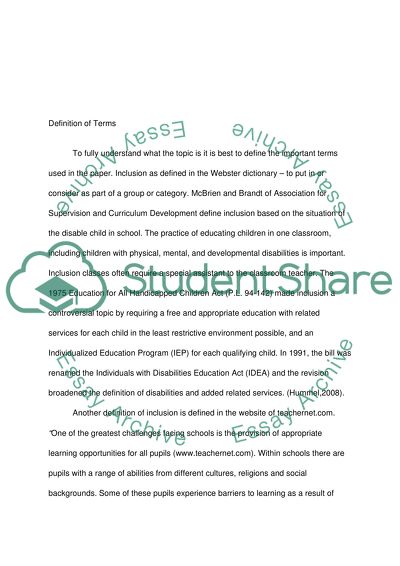Cite this document
(“Education and Inequalities Essay Example | Topics and Well Written Essays - 2000 words”, n.d.)
Retrieved from https://studentshare.org/miscellaneous/1518469-education-and-inequalities
Retrieved from https://studentshare.org/miscellaneous/1518469-education-and-inequalities
(Education and Inequalities Essay Example | Topics and Well Written Essays - 2000 Words)
https://studentshare.org/miscellaneous/1518469-education-and-inequalities.
https://studentshare.org/miscellaneous/1518469-education-and-inequalities.
“Education and Inequalities Essay Example | Topics and Well Written Essays - 2000 Words”, n.d. https://studentshare.org/miscellaneous/1518469-education-and-inequalities.


